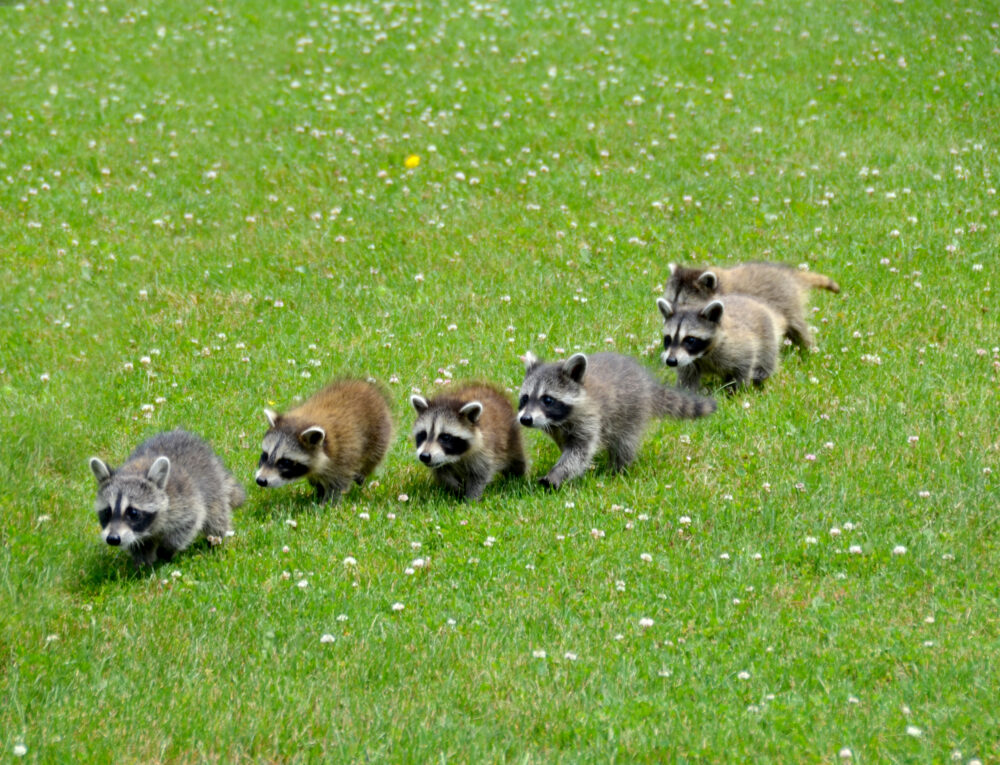We have much more to do and your continued support is needed now more than ever.
We Promise Wildlife on Martha Stewart, Tuesday, March 17th
National Wildlife Federation naturalist David Mizejewski will be on The Martha Stewart Show tomorrow to celebrate National Wildlife Week March 16-20.
Dave will be corralling some cute animals onstage, including a burrowing owl, Arctic fox, Canada lynx and a two-month-old baby spider monkey.
Burrowing Owls live in North, Central and South America. They can be found in the desert southwest and western grasslands in the U.S. northward into Canada, as well as a population in Florida. Ground-dwelling owls that use burrows for safety and to lay their eggs.
They live in open country with sparse vegetation that allows good view of landscape. The owls are only about 10″ tall and only weigh 6 or 7 ounces. They eat large insects such as beetles and grasshoppers, as well as small mammals (mice, rats, gophers, ground squirrels, young rabbits, bats). Other prey includes reptiles and amphibians, scorpions, and smaller birds.
Arctic Foxes live in the Arctic tundra. They have a white coat in winter which is shed in spring to a gray-black-brown coat in summer, keeping them camouflaged in all seasons. Their winter coat is extremely insulating and keeps fox warm. They also have tiny ears, a short muzzle and limbs that help them live in the Arctic (less surface area for heat to escape), as well as hairy foot pads for insulation and grip on snow and ice.
Foxes only weigh about 10 lbs. (about the weight of house cat).
They are monogamous–a fox pair digs a den where the female has 4-10 kits each year. Some dens have been used for hundreds generations over the centuries. They live usually only 4 years, but in captivity live longer (10-12 years).
Canada Lynx are found in the boreal forest in Canada and the northern U.S. (upper New England, upstate NY, upper Great Lakes region, Northern Rockies/Yellowstone, Northern Cascades and Alaska). They weigh between 20-30 lbs.
They are similar to the more widespread bobcat, but are taller, have larger feet, grayer fur and tufts of fur on its ears. The other way to tell them apart is that bobcats have striped tails but lynx just have a black tip.
These cats are adapted for living in snow. They have large feet act as snowshoes and pads are covered in fur for insulation.
Their primary prey is the snowshoe hare, but they also feed on other small mammals like red squirrels and birds such as grouse and even sometimes deer.
They are a threatened species in the U.S. due to habitat loss and fragmentation (logging of boreal forest), hunting and trapping and getting hit by cars.
Black-Handed Spider Monkeys live in tropical forests from southern Mexico and throughout Central America. They are highly arboreal and spend most of their time high up in tree canopy, rarely coming to the ground. Spider monkeys move through the trees by jumping and swinging from braches using their long arms and prehensile tails (which act as a fifth limb and for balance). Their fingers are almost like hooks to catch the branches.
They live in loose social groups of 20-30 individuals, but forage in smaller groups groups of 5-6 individuals. The groups are led by dominant females who decide where to forage. They eat primarily fruits, but will also eat nuts, young leaves, bark, honey, insects and bird eggs if fruit isn’t available.
These monkeys “bark” when threatened and often throw branches, jump up and down and shake tree limbs when approached by humans.
Spider monkeys are endangered species, threatened by the destruction of tropical forests and hunting.
Find out what you can do to celebrate getting outside with your family and enjoying nature and wildlife. National Wildlife Week is your chance to Be Out There™!





















